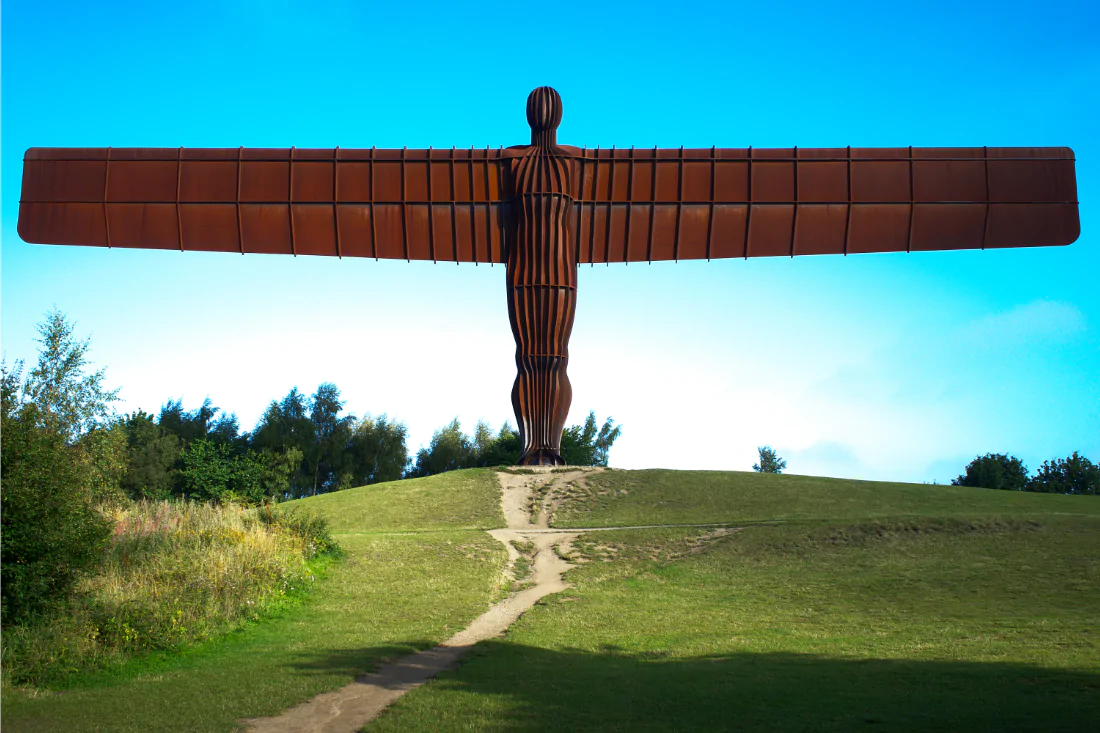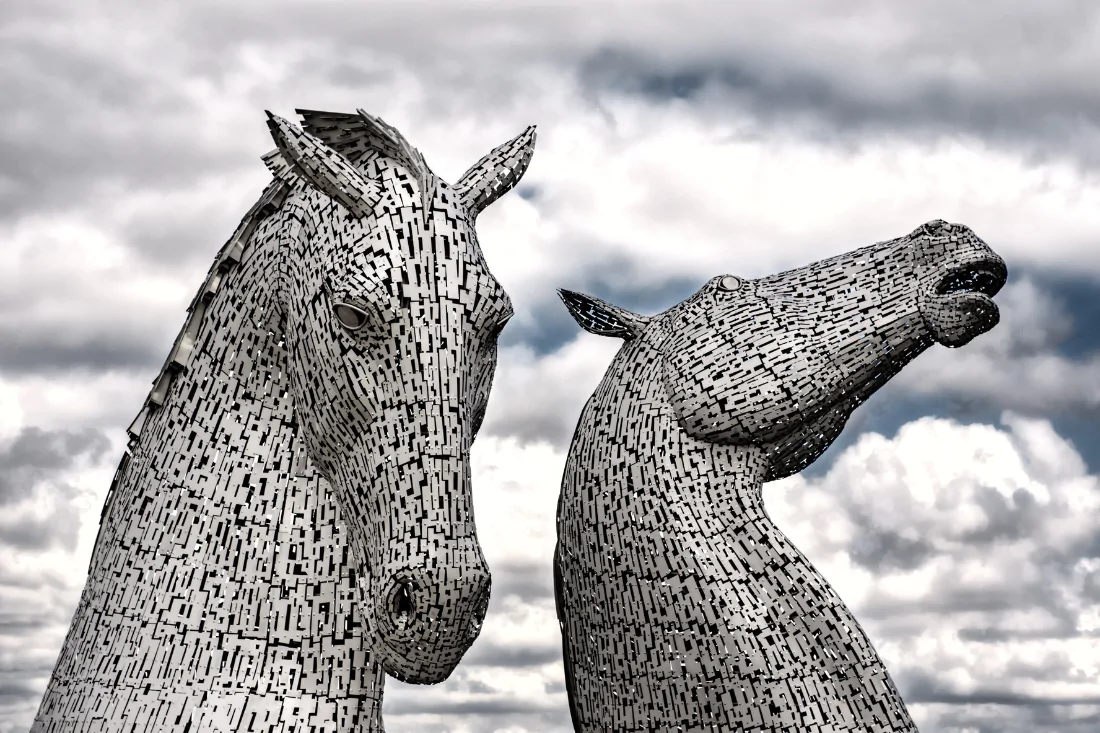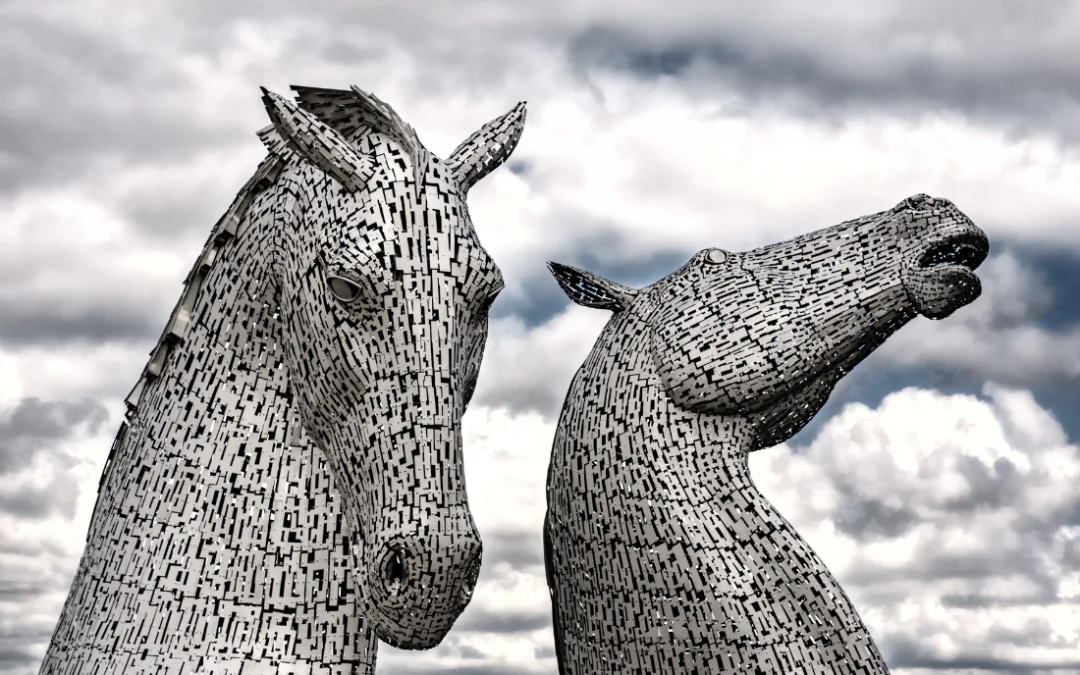We often talk of structural steel as a building material and as a functional item, from load-bearing steel columns and beams, to steel pipes, box sections and channels that can carry all kinds of infrastructure and utilities.
But steel art plays a huge part in the culture of the UK, particularly in the case of metal sculptures, and these three-dimensional steel artworks can be found the length and breadth of the country.
One of the most famous is the Angel of the North, which has stood alongside the A1 in Gateshead for a quarter of a century. As the Antony Gormley masterpiece nears its 25th anniversary, let’s take a look at the history of steel sculpture and some of our favourite examples.
Early metal artworks
The first sculptures would have been made using materials like stone, clay, ivory and wood, and date back many thousands of years.
Metal artworks have been traced to the early Bronze Age in about 3,500 BC. However, because bronze is an alloy of copper and tin, the advent of metal sculpture art depended on the availability of those two elements in any given region.
Because of this, countries such as China reached the Iron Age without first experiencing a significant Bronze Age. Early metal sculptures may also have been produced using precious metals like silver and gold, as was common in Ancient Egypt.
The rise of steel sculpture
Steel sculpture art is a more recent innovation, and rose to prominence in the early to mid-20th century, with stainless steel sculptures following quite soon after. Artists often made use of second-hand steel, using unwanted scraps and found objects to create art at low cost.
The Angel of the North
Modern steel artworks are often very large and may be assembled or welded together, rather than being cast or carved from a single piece of metal. The Angel of the North combines both methods: 3,153 steel parts were welded together, requiring six miles of welding, while the wings are attached with 136 bolts and the body is kept upright by 52 bolts.

The Kelpies
At 30 metres high and containing 300 tonnes of structural steel and stainless steel cladding, The Kelpies in Falkirk were completed in October 2013 and stood as the world’s biggest metal horse sculptures. They’re a tribute to the strength of horsepower, while their very existence serves as a tribute to the strength of steel.
 Skyhooks
Skyhooks
Skyhooks in Trafford Park, a short drive from James Dunkerley Steels down Oldham Road, are a fine example of Mancunian humour, taking their name from the age-old industrial prank of sending new employees to “order a sky hook”. Artist Brian Fell spells it as one word, while on Google Maps the pair of steel sculptures are labelled as “Sky Hook Statue 1” and “Sky Hook Statue 2”. A word to the wise – despite standing 18 metres tall, they’re surprisingly hard to find if you don’t know what to search for!
If you’d like to learn more about steel, or source steel for your own project, please get in touch today.


